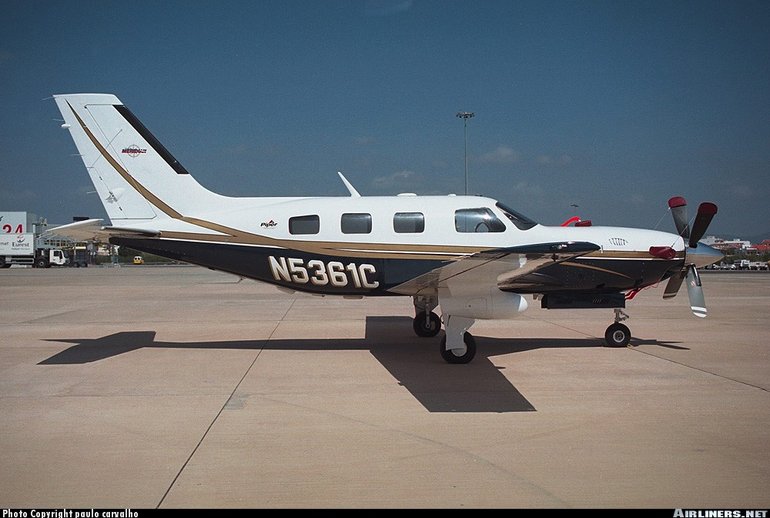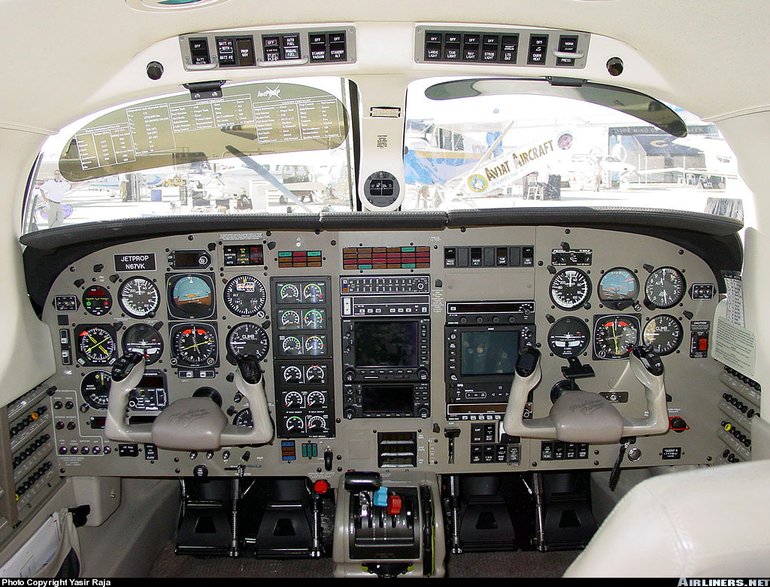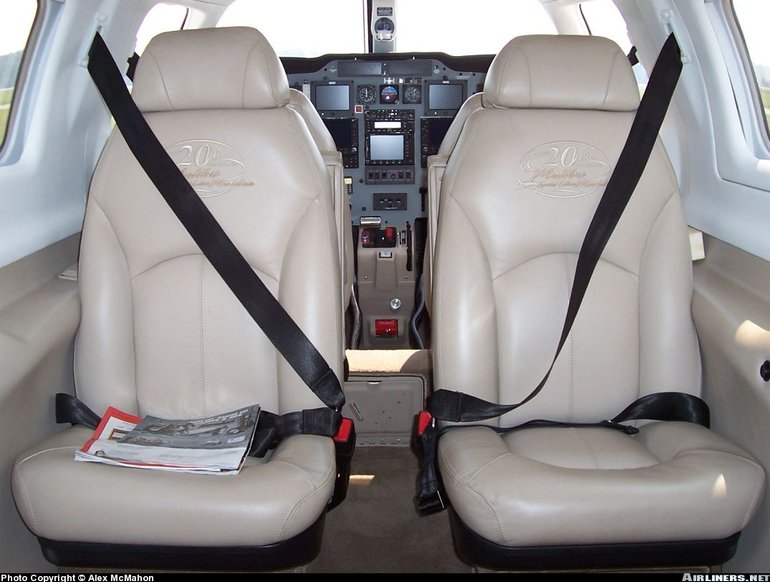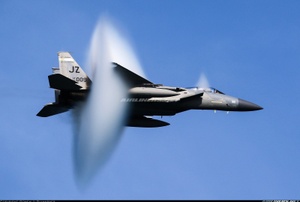Piper PA-46 Malibu Meridian
Details
Country of Origin
United States of America
Type
Six seat corporate turboprop
History
The Malibu Meridian is the first major aircraft program from New Piper Aircraft Inc and is a high performance turboprop development of the popular Malibu Mirage.
New Piper announced development of the Meridian at the 1997 NBAA convention. The aircraft was rolled out at Piper's Vero Beach, Florida facilities on August 13 1998 and this aircraft (an aerodynamically conforming prototype) flew for the first time on August 21 that year. Three further Meridian prototypes will enter the flight test program during 1999. Certification was awarded on September 27 2000, with the first customer delivery on November 7 2000.
The Meridian's most obvious feature compared with the Malibu is its Pratt & Whitney Canada PT6A-42A turboprop. The -42A has a thermodynamic rating of 901kW (1209shp) but on the Meridian is derated to 373kW (500shp) for takeoff, which allows the engine to maintain max power through to the aircraft's 30,000ft ceiling, giving a 485km/h (262kt) cruising speed.
Major sections of the Meridian's fuselage are common with the Malibu's but the turboprop features a number of significant changes, including a stainless steel firewall, chord lengthening wing root gloves which increase wing area to ensure a relatively low stall speed, increased area horizontal tail and rudder, and increased fuel capacity.
The Meridian also has a completely new instrument panel. Standard equipment includes a three axis S-TEC 550 autopilot which is coupled to the dual 13cm (5in) colour LCD Garmin GNS 530 integrated GPS displays incorporating IFR GPS and VOR/ILS receiver with glidescope, and a Meggitt Engine Instrument Display System comprising dual LCDs presenting engine information (such as torque, temperatures and pressures, propeller RPM, outside air temperature and fuel level at destination and time to destination calculations).
An optional Electronic Flight Display System (EFDS) presents flight information on four Meggitt colour LCDs (two per side), comprising dual primary flight displays and dual navigation displays. Conventional flight instrumentation is standard.
A rival turboprop Malibu is the Jetprop DLX which is a conversion of piston-engined PA-46s. The first 88 conversions are powered by a Pratt & Whitney PT6A-34, from the 89th aircraft the 417kW (560shp) PT6A-35 or the lower cost 410kW (550shp) PT6A-21 are installed.
Powerplants
One 373kW (500shp) takeoff rated and 298kW (400shp) continuous rated Pratt & Whitney Canada PT6A-42A turboprop driving a four-blade constant speed Hartzell propeller.
Performance
Max cruising speed at 30,000ft and mid cruise weight 485km/h (262kt). Initial rate of climb 1739ft/min. Certificated altitude 30,000ft. Range at max cruising speed at 30,000ft with reserves 1885km (1018nm). Endurance 4.22hr.
Weights
Standard equipped 1471kg (3243lb), max takeoff 2312kg (5092lb).
Dimensions
Wing span 13.11m (43ft 0in), length 9.02m (29ft 7in), height 3.45m (11ft 4in). Wing area 17.0m2 (183.0sq ft).
Capacity
Typical seating for pilot and five passengers. Pilot and four passengers with optional entertainment/refreshment console with drinks cooler, storage and VCR and flat panel monitor.
Production
PA-46T - 212 had been built by end 2004.
DLX - by March 2005, 160 piston-engined PA-46s had been converted.
Related Links
Piper PA-46 Malibu Meridian
The backbone of this section is from the The
International Directory of Civil Aircraft by Gerard Frawley
and used with permission. To get your own copy of the book
click here.




















